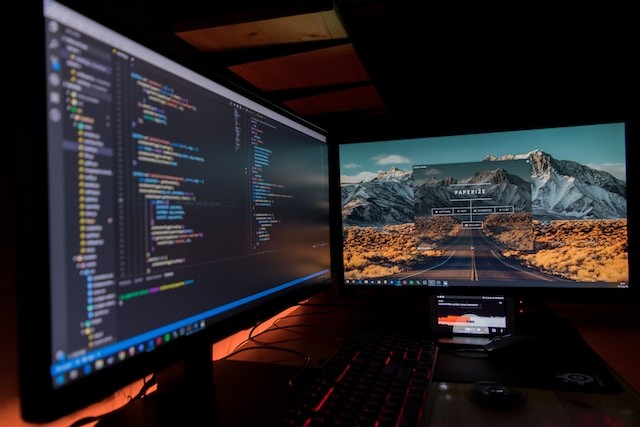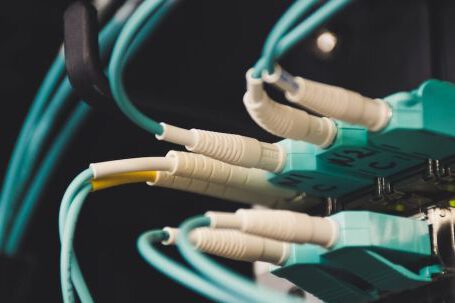Identifying Potential Vulnerabilities
The first step to protect your code against cyberattacks is to identify potential vulnerabilities. It is essential to understand the types of threats your code may face, such as injection attacks, cross-site scripting, and remote code execution. You should also be aware of the latest attack vectors, such as phishing and ransomware. Once you understand the potential risks, you can begin to develop strategies to protect your code from malicious attacks.
Utilizing Tools and Practices for Securing Your Code
Once you have identified potential vulnerabilities, it is important to use the appropriate tools and practices for securing your code. This involves using secure programming languages, such as Java or .NET, and using secure coding practices, such as input validation and output escaping. In addition, you should use security frameworks, such as OWASP, to help you identify and mitigate potential security threats.
Enhancing Security with Authentication and Encryption
Authentication and encryption are essential for protecting your code against cyberattacks. Authentication ensures that only authorized users can access your code, while encryption ensures that the data is kept secure. You should use strong authentication methods, such as two-factor authentication, to ensure maximum security. Additionally, you should use encryption algorithms, such as AES and RSA, to protect your data.
Regularly Updating and Testing Your Code
Finally, it is important to regularly update and test your code. This will help you to identify any potential vulnerabilities and address them in a timely manner. You should also use tools, such as static and dynamic analysis tools, to regularly test your code for vulnerabilities. Additionally, it is important to keep your code up to date with the latest security patches and updates.
In conclusion, to secure your code against cyberattacks, it is important to identify potential vulnerabilities, use the appropriate tools and practices for securing your code, enhance security with authentication and encryption, and regularly update and test your code. By following these steps, you can ensure that your code is protected against malicious attacks.





